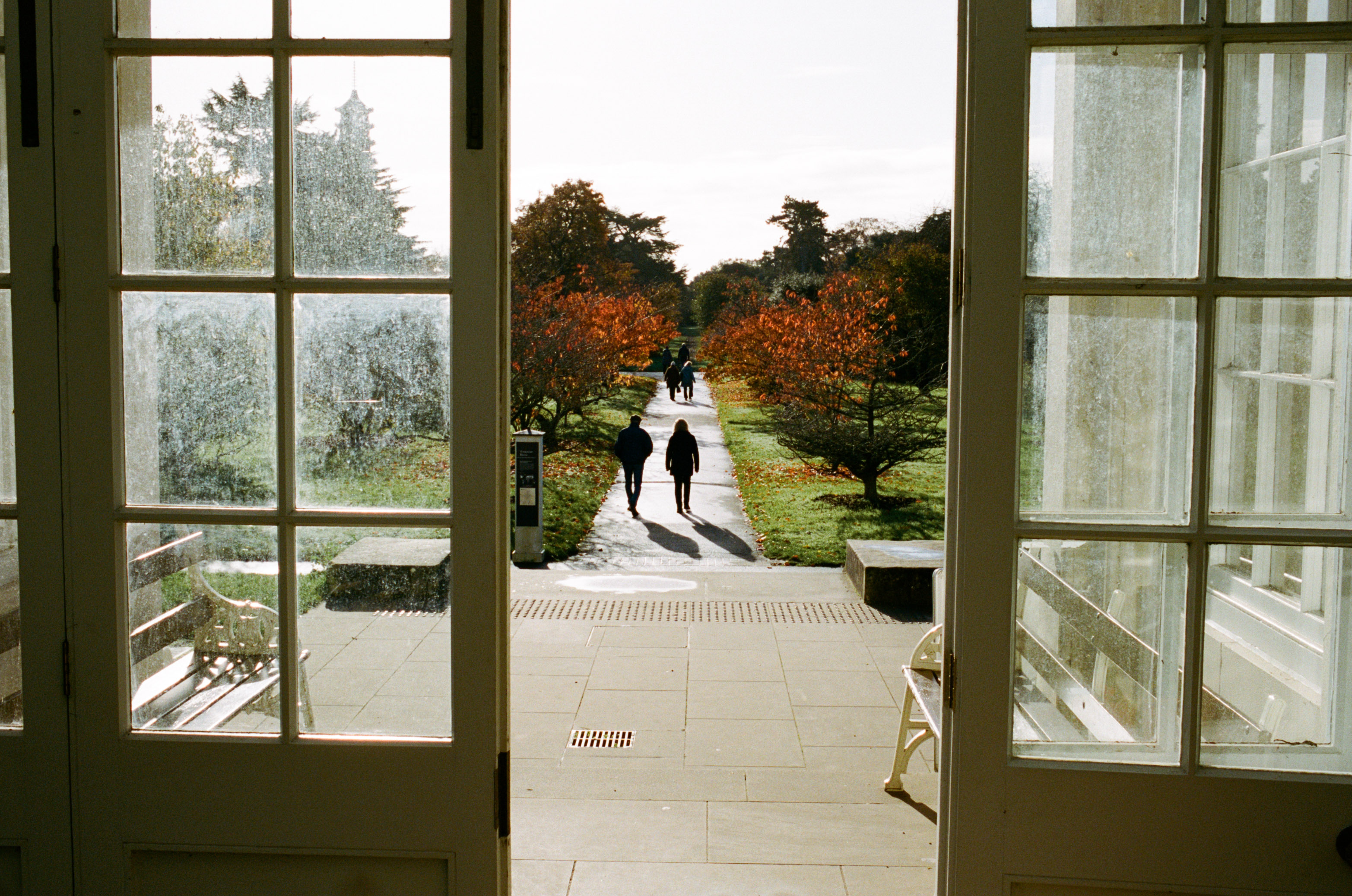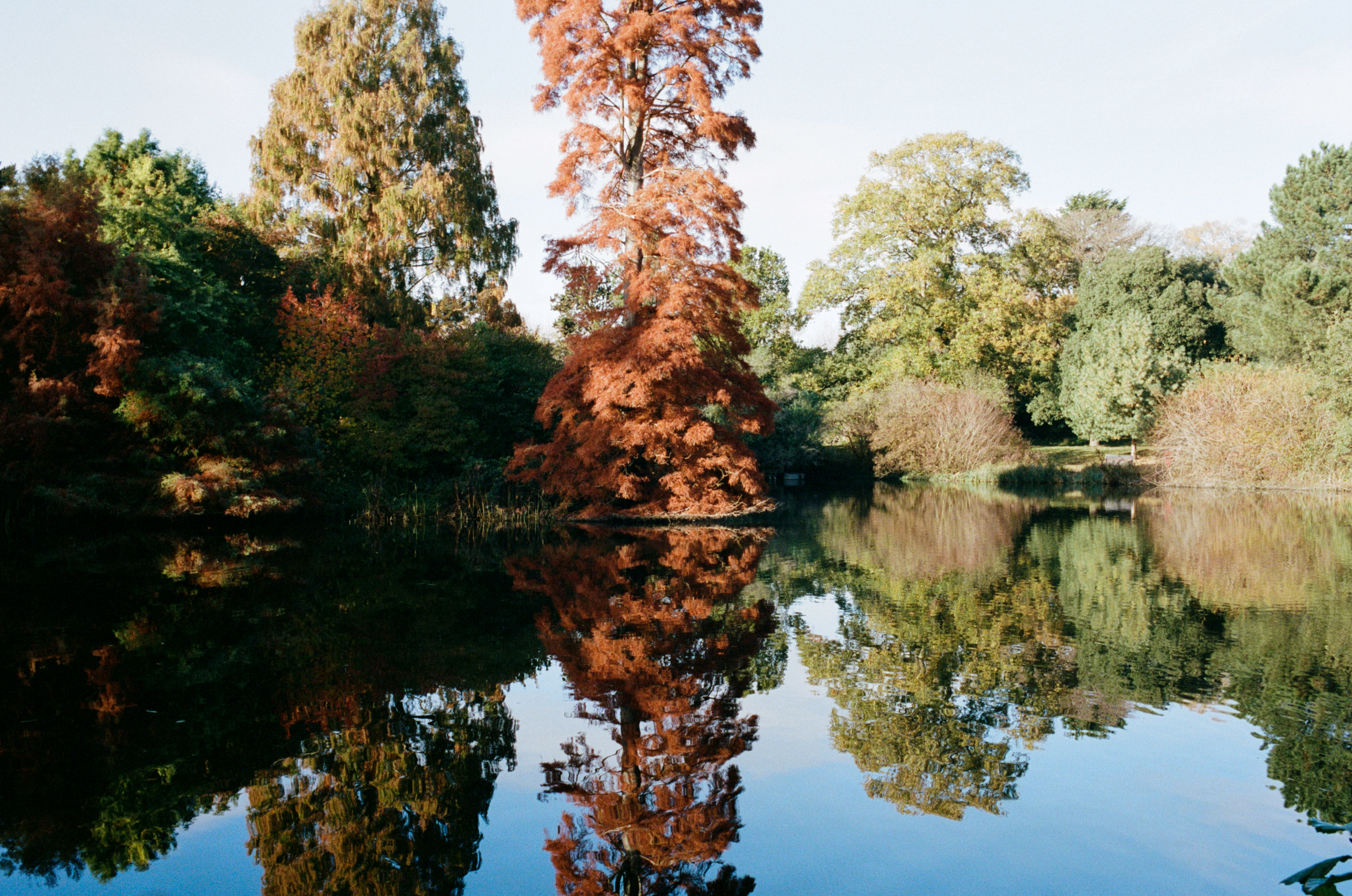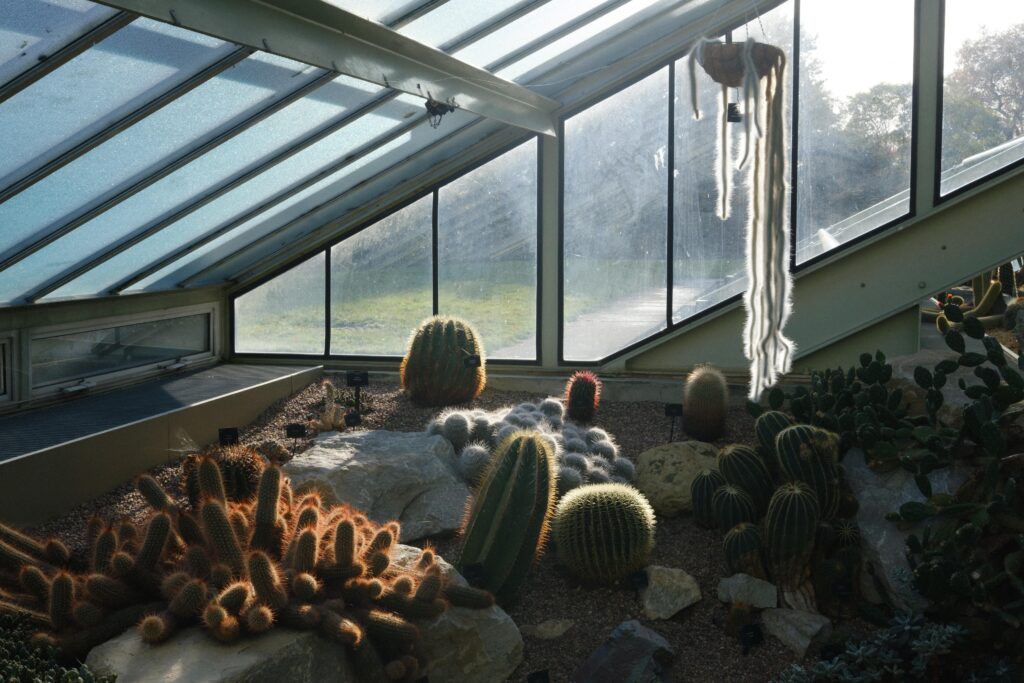Kew Gardens, officially called the Royal Botanic Gardens, Kew, is one of the UK’s top tourist attractions. Reportedly it’s visited by up to two million people a year, together with Kew’s wild botanic garden at Wakehurst in Sussex. I grew up in the nearby London village of Barnes and yet I’m ashamed to admit that I’d never been until one fine autumn day late last year.
A horticultural haven
As a brief introduction, Kew Gardens is a UNESCO World Heritage Site home to over 50,000 plants. According to National Geographic, this constitutes “the most diverse living plant collection in the world.” It began life as the Dutch House, built in 1631 for the wealthy Dutch merchant Samuel Fortrey. That was then acquired by King George III over a century later who converted it into Kew Palace, which was used as a royal retreat until 1898. Meanwhile the botanical garden began to take shape around it from 1759 onwards.
I was glad to discover that much of the old architecture has barely changed, from the palace itself – a tall and surprisingly modest four-storey red-brick building beside the River Thames, to the Orangery which was constructed in 1761 to grow citrus fruits and is now a bustling cafe, and the rustic-looking Queen Charlotte’s Cottage, a rural retreat where the royals would reportedly pause for tea during walks around the grounds – as well as to admire exotic animals such as kangaroos and Oriental cattle kept in the paddock.

Preserving the planet
Unchanged too are the wonderful glasshouses, which I found a particular highlight. Stepping inside them felt a bit like travelling back to the Victorian period. The Temperate House, dating to 1863, houses rare and endangered plants from Asia, Australasia, the Americas, and Africa; 1,200 species in total. Meanwhile the Palm House, built in 1844 and fronted by a large glassy lake, immerses you in an abundance of endangered and even extinct floral species from various global rainforests. I was astonished to learn on the excellent Kew Gardens website that rainforests now cover just two per cent of the Earth’s surface and yet contain 50 per cent of the species that are crucial to our survival.
Indeed, anyone in need of a spark of inspiration to help save the planet would do well to visit Kew. Far from being merely a visitor attraction, it also employs over 300 scientists who are pioneering research into issues linked to preserving the planet’s plant diversity and identifying how certain species can be used to help us live more sustainably.
As I wandered around the 300-acre grounds for a few hours, another place I was drawn to was the five-acre lake spanned by a contemporary, curving wooden bridge. That’s because it was surrounded by the most majestic and varied trees displaying all the colours of autumn. So I stopped here awhile just to breathe the forest-filtered air and take in the spectacular hues of the leaves – hard to believe I was only a few miles from the centre of London. The lake was created in 1856 and features four tree-filled islands.

Things to see & do
There’s a remarkable amount to see and do at Kew Gardens and you could happily spend a whole day here hopping between all the attractions. They include the Great Pagoda, built in 1762 to the Chinese-style design by Sir William Chambers; the Japanese Landscape, mimicking a traditional Japanese tea garden; the Grass Garden, featuring about 550 species of economically-important grasses; and the Kitchen Garden, where common fruits and vegetables are grown in conjunction with more experimental ones, designed to help humanity adapt to the whims of climate change.
I also enjoyed strolling along some of the numerous woodland walkways and garden promenades lined with intoxicatingly colourful and aromatic plants, trees and wildflowers. The highlight is the Great Broad Walk Borders, extolled as “a feast for the senses” on the Kew website. There is much to keep kids interested too, especially within the Children’s Garden, an adventurous and educational space stuffed with old trees.
Closer to the River Thames lies the Natural Area, which has been deliberately left wild since the days of Queen Victoria to provide a place for tranquil wandering, nowadays along a neat forest trail. Meanwhile the Rock Garden displays flora from six of the world’s major mountainous areas, from the European Alps and Pyrenees to South America’s Patagonia and the rugged peaks of New Zealand and Australia.

A festival of flora
Wherever your curiosity takes you, there’s all sorts of fascinating flora species to learn about, including their surprising uses and some intriguing tales attached. Kew is also proud of its considerable collection of carnivorous plants, which populate their own special section in the Princess of Wales Conservatory. That’s another vast glasshouse opened by Princess Diana in 1987 and split into 10 different climate zones covering arid deserts, steamy forests and even mangrove swamps.
Sadly I didn’t have time to dive into all Kew Gardens has to offer as I was eager to make the most of that glorious autumn day by walking up the Thames riverside path from Kew to Chiswick, Barnes, Hammersmith and onwards into the heart of London. But this brief encounter absolutely whetted my appetite to come back and explore further. The Royal Botanic Gardens is a huge area (large enough to require exploring with a detailed map) which is above all just an amazingly peaceful place to stroll and be at one with stunning plants, trees and grasses from all over the world.